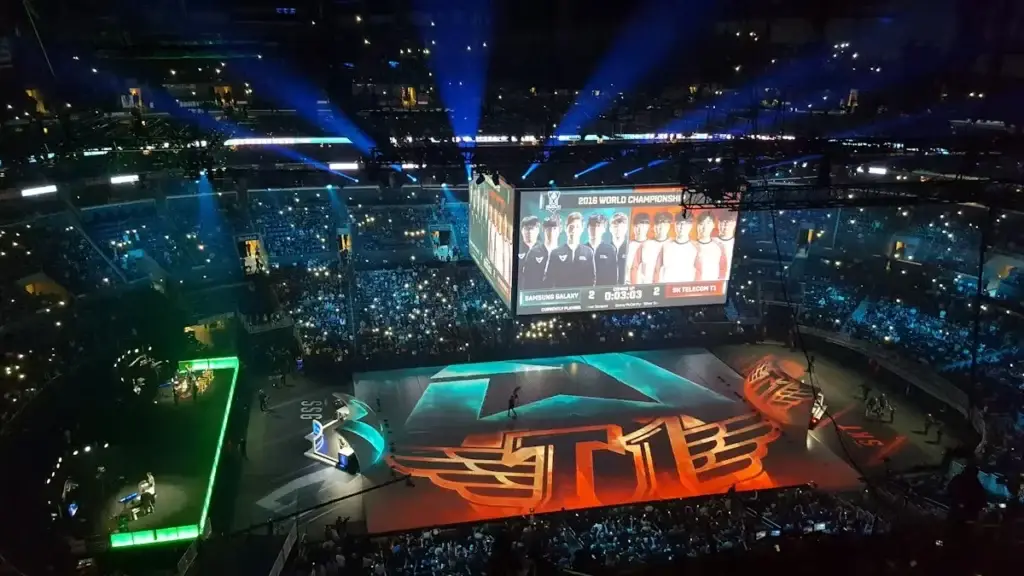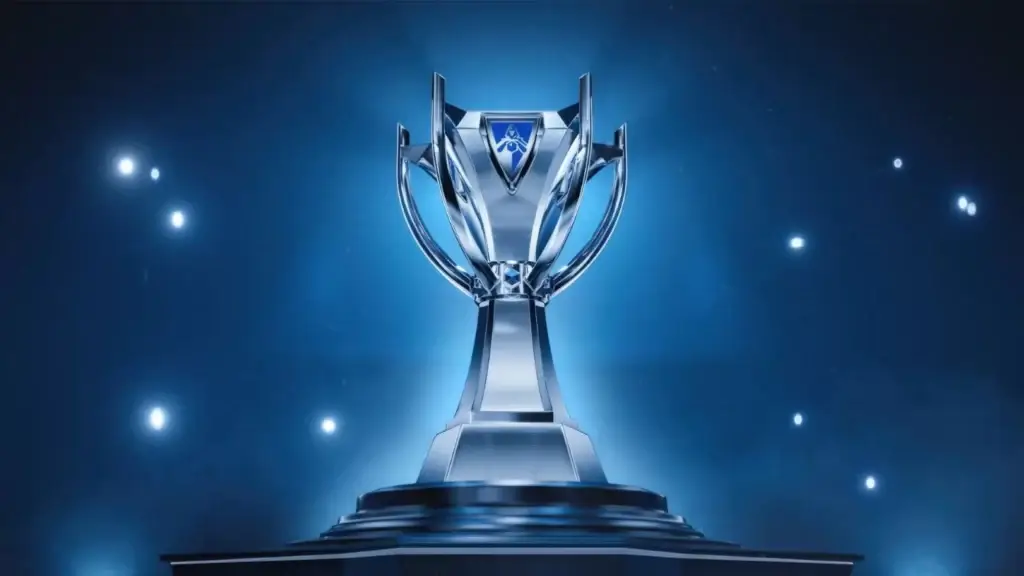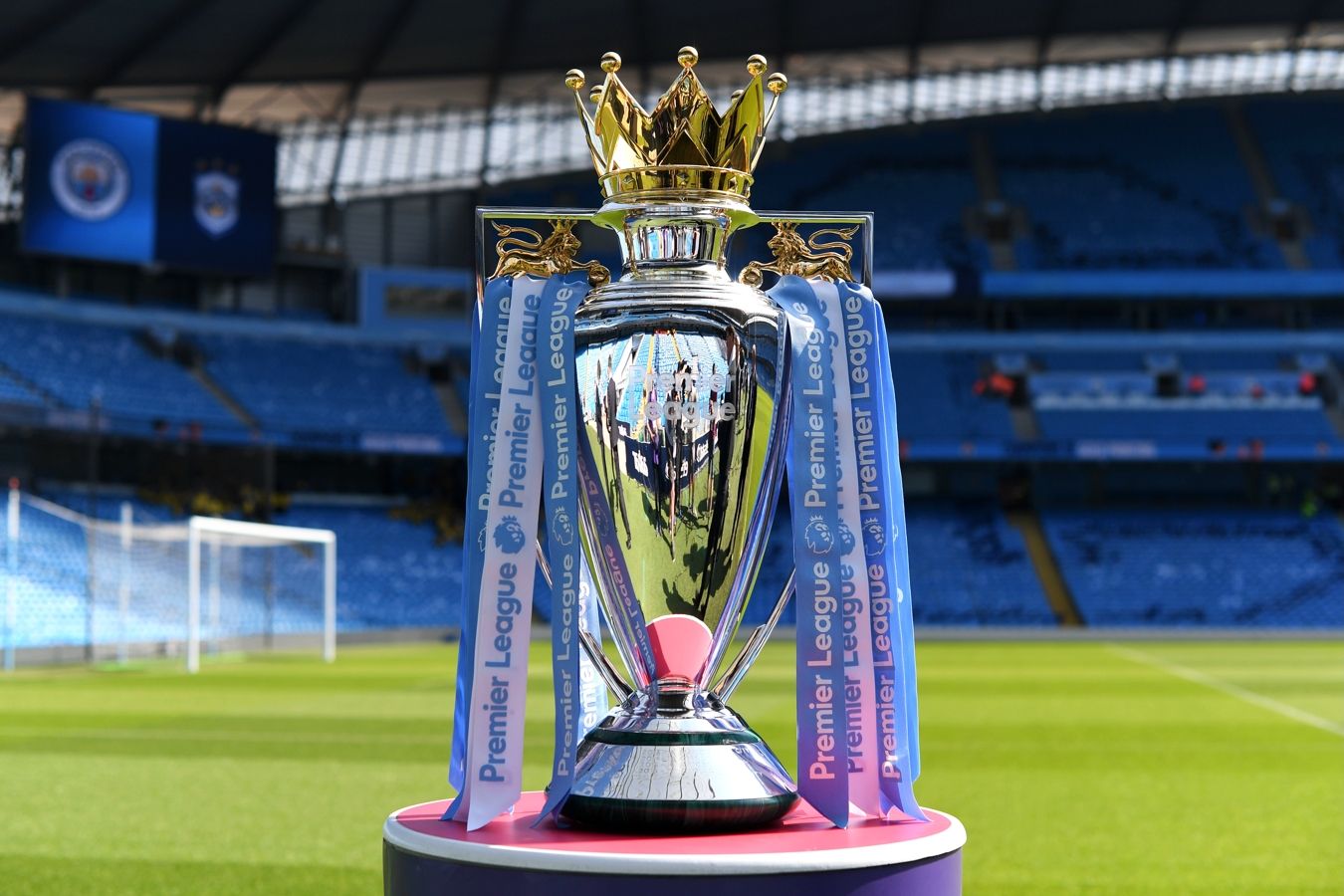Cybersport has become a multi-billion dollar industry, and the LoL Worlds Championship is the jewel of it. Every year, the world’s best teams converge on virtual arenas to determine who deserves the title of champion. Qualifying stages, complex strategies, incredible emotions – all this makes LoL Worlds not just a competition, but a real cybersport holiday. The finals attract millions of spectators around the world, demonstrating the scale and significance of this event.
History of the League of Legends World Championship
Every legend has its beginning, and the League of Legends World Championship is no exception. The tournament, first held in 2011, quickly gained popularity among gamers and spectators around the world. The development of the competition is accompanied by an increase in prize money, the number of participants and the spectacularity of the matches.

How it all started
The first League of Legends World Championship took place in 2011 in Sweden at DreamHack Summer. Only eight teams took part in it, and the prize pool was $100,000. The winner was Fnatic, which went down in history as the first team to win the world title. By 2013, the tournament had grown to 14 teams, and the Worlds finals were held in Los Angeles at the Staples Centre Arena with over 10,000 spectators.
The evolution of Worlds and its impact
The competition began to grow and evolve. Today, the LoL Worlds Championship is played among 24 teams from around the world, with prize money reaching several million dollars. Each year the tournament is held in a different country, which helps to globalise cybersport and attract new spectators. Finals have been held in South Korea, USA, China, Germany and other countries, demonstrating the scale and significance of the championship.
Key moments in the development of Worlds:
- 2014: the tournament was held for the first time at Sangam Stadium in Seoul in front of 40,000 spectators.
- 2016: the final was held in Los Angeles at Staples Centre Stadium and the prize money was $5 million.
- 2018: innovative virtual reality technology and holograms at the opening finals in South Korea.
LoL Worlds Championship 2024 format and rules
LoL Worlds Championship 2024 is a complex and multi-layered competition system to determine the strongest team in the world. The tournament consists of several stages, each requiring maximum concentration, tactical skill and confidence from the teams.
Stages:
- Play-In Stage: 12 teams from the participating regions begin their journey with qualifying games. The group system format allows to identify the best groups that go further.
- Group Stage: The top 16 teams are divided into four groups. Each team plays Double Round Robin, where every match counts.
- Knockout Stage: The top eight teams qualify for the play-off stage, where the battle is for elimination. Quarter-finals, semi-finals and finals determine the champion.
Favourites and teams at Worlds 2024
 Every year, the LoL Worlds Championship attracts the attention of the best teams on the planet. Participants hone their strategies, develop new tactics and prepare for the toughest battles. In 2024, expect heated battles between the grands of world cybersport.
Every year, the LoL Worlds Championship attracts the attention of the best teams on the planet. Participants hone their strategies, develop new tactics and prepare for the toughest battles. In 2024, expect heated battles between the grands of world cybersport.
Worlds 2024 favourites:
- T1 (South Korea): a legendary club with Faker, three-time world champions, unchallenged title contenders.
- Gen.G (South Korea): A strong team with a powerful roster and strategy.
- JD Gaming (China): winners of the Chinese LPL league, known for their aggressive style of play.
- G2 Esports (Europe): the main hope of Europe, masterfully combining experience and youth.
Each team at Worlds prepares special tactics to surprise opponents and spectators.
Worlds Winners – League of Legends
The winners of the LoL Worlds Championship are teams that have made cybersport history. Their successes inspire millions of players around the world and set the standard for professional excellence.
Leaders and their achievements:
- Fnatic (2011): the first world champions who became the symbol of European cybersport.
- SK Telecom T1 (2013, 2015, 2016): a legendary club from South Korea that has reached the top three times.
- Invictus Gaming (2018): the first Chinese team to win the Worlds.
- EDward Gaming (2021): one of the strongest Chinese teams that managed to beat the grandees from South Korea.
Records and highlights of Worlds
Every LoL Worlds Championship is accompanied by new records and exciting moments that remain in the memory of fans for years to come. Competitors showcase incredible mechanical skills and teams make game-changing strategic breakthroughs:
- Fastest Finals Ending: In 2013, SK Telecom T1 defeated Royal Club 3-0, ending the series in just 75 minutes.
- Highest number of viewers: the 2019 Worlds Finals attracted more than 100 million viewers, setting a new standard of popularity for cybersport events.
- Legendary Kambak: in 2016, the team of ROX Tigers and SK Telecom T1 played one of the most exciting games ever, where ROX Tigers came back after losing the first map and almost defeated the favourites.
Players like Faker, Uzi and TheShy contributed to the history of the tournament by showing moments of brilliance that are forever written in the annals of League of Legends. Each competition is a new chapter in the evolution of cybersport, and the records set are a benchmark for future generations.
Worlds Prize Pool – Honouring the Best of the Best
The tournament’s prize pool grows every year, reflecting its increasing popularity and the cybersports industry as a whole. Winning not only brings global fame, but also impressive financial rewards for teams and players.
At the first LoL Worlds Championship in 2011, the prize pool was just $100,000. As the tournament became more popular and sponsors became more interested, the prize money began to grow rapidly.
LoL Worlds Championship 2024 – What to expect from the new season
LoL Worlds Championship 2024 promises to be one of the most exciting events of the year. New teams, fresh strategies and high expectations from the fans create the atmosphere of the upcoming sensation. The tournament will be the stage for epic battles, where old legends will meet ambitious newcomers.

Innovations and innovations at Worlds 2024
The organisers are introducing new formats, technologies and show elements to enhance the spectacle. Enhanced virtual reality systems, enhanced match analytics and interactive broadcasts for fans are planned.
Conclusion
 The LoL Worlds Championship is a phenomenon that defines cybersport and inspires millions of people around the world. From the history of the first championships to the innovation of Worlds 2024, every stage of the tournament is filled with struggle, strategy and the pursuit of excellence. Winning the Worlds is the pinnacle of any player’s career, and the spectacle and intensity of the matches make it a global event.
The LoL Worlds Championship is a phenomenon that defines cybersport and inspires millions of people around the world. From the history of the first championships to the innovation of Worlds 2024, every stage of the tournament is filled with struggle, strategy and the pursuit of excellence. Winning the Worlds is the pinnacle of any player’s career, and the spectacle and intensity of the matches make it a global event.
 en
en  ru
ru  de
de  ar
ar  es
es  nl
nl  hi
hi  fr
fr  it
it  pt
pt  el
el 











